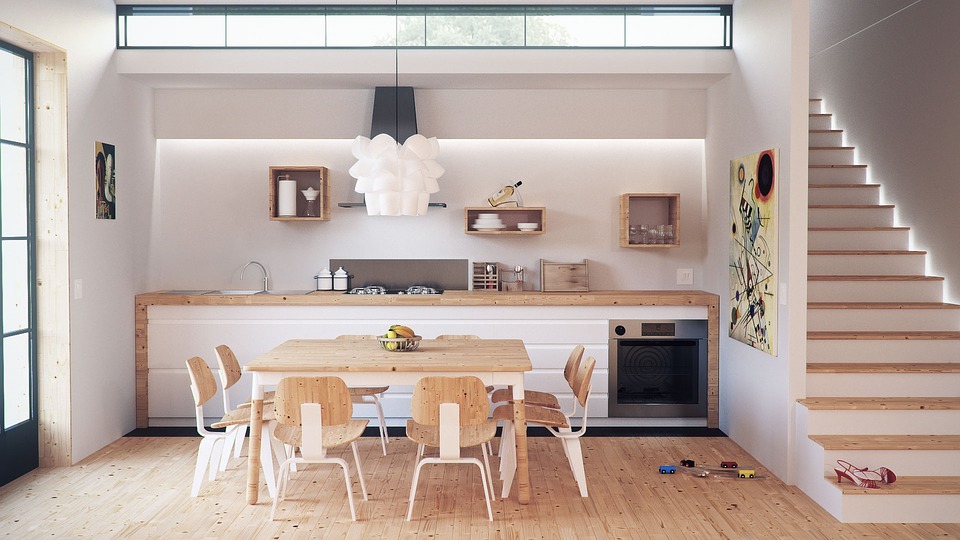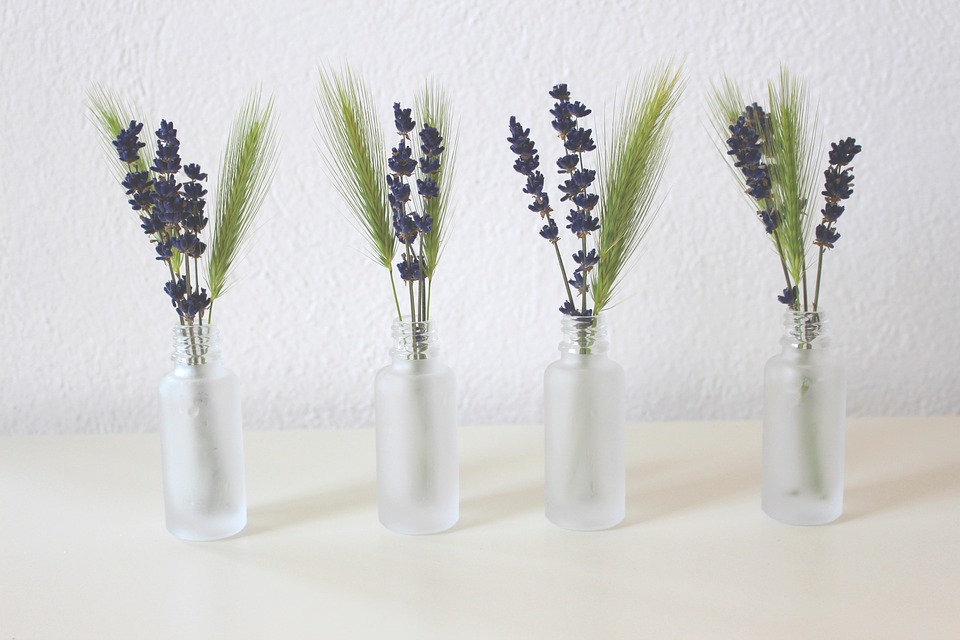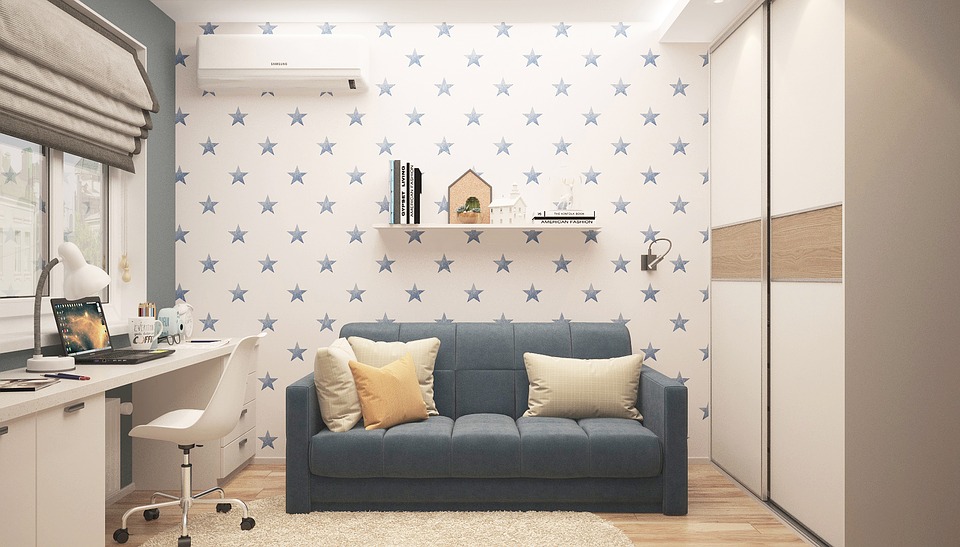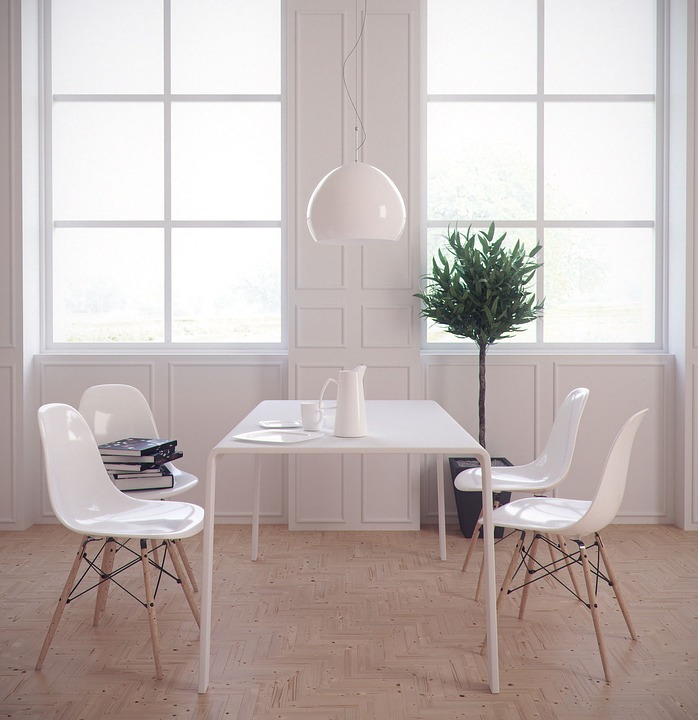
Minimalism is so many things. It's a point of view. It's a decorating style. It's a way of making sense of the world. Those who embrace this philosophy do so with an understanding that it will inform all areas of their lives. In doing so, they wish to transform the spaces they inhabit and the entire world at the same time.
Designers today, as has been true of their peers in previous times, understand that part of this idea of design is treading carefully upon the land. They understand that sustainability is crucial to going forward. A design must not only work today. It must also work tomorrow and for all the days to come.
Green design is a design that embraces this and seeks to help the globe embrace it as well. It is design that works well with the principles of minimalism. Fortunately, for today's minimalist designers, it's easier than ever to use green materials and create projects that can be heated, cooled and otherwise made comfortable for the inhabitants without increasing costs or creating environmental hazards.

The Use of Materials
An entire philosophy of design today is dedicated to combining modern ideas with the use of materials that have been proven to last. Today's designers can take advantage of lovely, classic materials such as wood, silk, and cotton to create the rooms of their dreams. These materials have long been used in homes across the country and the globe. Such materials fit in well with current minimalism trends. Minimalist designers today can also take advantage of newly developed materials.
Today's researchers have come up with new materials that are not only stronger and more durable than other materials but also easier to produce. Materials such as specially engineered plastics are strong enough to withstand years and use, and yet are also made from biodegradable materials that do not require harsh chemicals to produce and create.
Cluttered Mess to Organized Success Workbook: Declutter and Organize your Home and Life with over 100 Checklists and Worksheets
In many instances, designers have been able to create these new materials and combine them with existing materials for a look that has roots and offers contemporary minimalist appeal at the same time. Many types of materials are also being used in innovative ways. For example, minimalist designers today wish to create rugs that are about the use of form and function without extraneous details. New materials are creating super soft materials that can still stand up to many years of use in a busy living room.

New Names
Minimalist design is also no longer the province of a handful of visionaries. People like Jeremiah Brent, Deborah Oppenheimer, Joseph Dirand, Eric Kuster come from many varied backgrounds. They make it easier than ever for those who may have a large budget to take advantage of their services and adopt such ideas in their own homes and office spaces. They also demonstrate that many people can learn to master the principles of sustainable design. Many people have entered the field today because they wish to showcase a specific vision. In doing so, they have also entered the field without traditional credentials. Their ideas have helped to push this field even more forward.
New Minimalism: Decluttering and Design for Sustainable, Intentional Living
Many designers today know that they must rethink minimalism for the contemporary era. They understand that minimalist design that is green is a minimalist design that is likely to be embraced by many people of differing backgrounds. For example, the apartment dweller in Seoul, South Korea wants an apartment that feels spacious even in the middle of a big city. She wants every single thing she buys for it to have a place. Her goal is clean and spare, yet highly luxurious and green at the same time. Many designers today are capable of providing her with exactly what she wants as she decides how to furnish her new home.

A Worldwide Movement
The green minimalist movement of today is also not merely confined to a single country or even a single continent. Rather, it is a worldwide meeting of the minds. Many design schools today seek to teach their students how to create spaces that are ideal for anyone across the globe. The designer looking to create an office space in Oslo wouldn't appear to have much in common with someone who wants to create affordable housing Nairobi. And yet they do. Today's designers know that all their designs must be as universal as possible as all people share the same concerns. This is why they look to a design philosophy such as green minimalism which is no longer the province of the elite.
Today's minimalism is a design philosophy that lets people around the world have spaces that are at once full of light, and yet cozy and truly functional. They also find spaces that are all about making the most of local resources. For designers, this means understanding the local materials available to them and making the best use of such materials. With their help, communities across the globe can look forward to spaces that allow people to do what they need to do and what they love to do. Sustainable, green, minimalist design is a thoughtful design appropriate for a truly global community.
Guest post by Kelsey Davis
About the Author
 Kelsey is the editor at LuxAuthority and is trying to balance both her budget and her credit card balance. She likes to live lavish lifestyle and treat herself when the opportunity allows it. She loves the newest tech, old cars, and the smell of rich mahogany and leather bound books as well!
Kelsey is the editor at LuxAuthority and is trying to balance both her budget and her credit card balance. She likes to live lavish lifestyle and treat herself when the opportunity allows it. She loves the newest tech, old cars, and the smell of rich mahogany and leather bound books as well!
You may also like
The Scandinavian Secrets to Keeping Your Home Cosy and Warm
Living a Green and Healthy Lifestyle: Mission Possible
Home Decorating Tricks to Inspire Healthy Habits
5 Eco-Friendly Lifestyle Changes You Should Make
Decorating Tricks to Steal from Stylish Scandinavian Interiors
